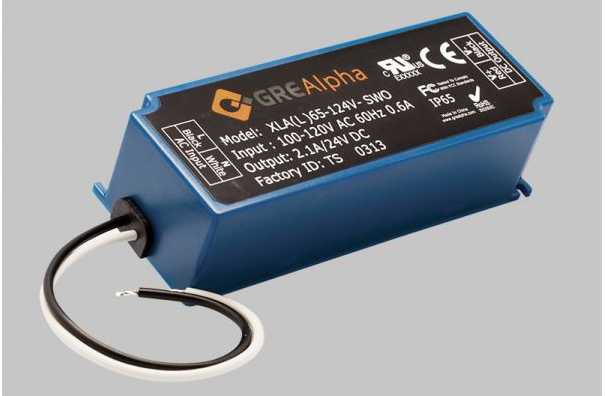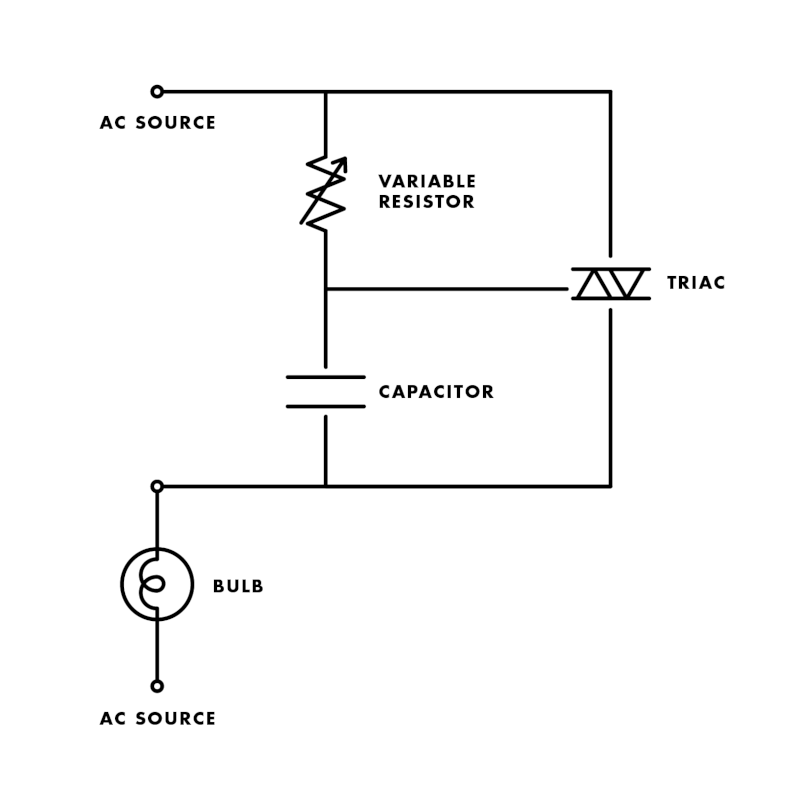GRE Alpha makes it easy to achieve flicker free control for all your LED lights – without ditching your existing infrastructure
Incandescent lighting has been around for over a century now, and it has served to completely change the human experience. Life no longer needs to slow to a standstill at sunset, and we now live in a 24x7 world.
Then came the age of semiconductors, and it was soon discovered that under the right circumstances, semiconductor diodes can be configured to emit light. Slowly but surely, incandescent lightbulbs are being confined to history, along with the vacuum tube, the telegraph, and soon enough, the internal combustion engine.
Light emitting diodes, or LEDs, can be configured to glow in a variety of colors, and emit far more light per watt as compared to incandescent. Under the right circumstances, they can last almost indefinitely.
Why Controlling LED lights is More Complex than it was for Old-style Incandescents
One tough issue for LEDs is how to control their intensity. For lightbulbs, the issue is relatively simple, because these old standbys are purely resistive devices. They can be controlled by a method well known as phase cut. LEDs, on the other hand, are, after all, semiconductors. The upshot of this fact is that they don't respond in a simple, linear manner to changes of inputs.
LEDs are best controlled by keeping their voltage constant and varying current, or vice versa. Fortunately, GRE Alpha's XLA series of electronic low voltage dimmers makes that simple. Best of all, they are compatible with the ubiquitous TRIAC/ELV/SCR phase dimmer and will work with most traditional dimmers in the market.

The GRE Alpha XLA Series. Image courtesy of GRE Alpha
The key to any kind of light dimming is the triac. So, lets first examine this crucial semiconductor, and how this solid-state switching device serves to affect intensity control for both incandescent and LED lights.
What is a Triac?
A triode for alternating current, or triac, is a power semiconductor device, a bidirectional device similar to a thyristor. It can be thought of as a triode AC switch. Once turned on by either a positive or negative pulse at its input, the triac allows electricity to flow unimpeded through its two outputs. Once the voltage passing through the output get close to zero, it takes another input pulse to once again allow the flow to resume.
What is Triac ELV Dimming?
Triac ELV dimming is a method used to vary the brightness of an incandescent bulb. To understand how it does its job, we need first to observe the types of waveforms that need to be generated.
The diagram below illustrates two complete AC voltage cycles. Looking at the top portion of the picture, notice that the wave periodically crosses the zero axis. Below, the spikes indicate where the zero crossing occurs.

If the AC voltage is converted to pulsating DC via full-wave rectification, the transition points remain the same, and the electricity can be used to power a resistive load, such as an incandescent light bulb.
Once zero crossing points are determined, triac-based electronic circuitry can be exploited to cut off the pulsating DC voltage at any point in its cycle, allowing only of the portion of the power to get through to the lamp. That portion is illustrated in yellow in the diagram below

Modified image source: Lewis Loflin's video: More from Lewis at bristolwatch.com
The leftmost portion of the diagram illustrates a situation that allows most of the power to reach the bulb; it is only slightly dimmed. The right portion of the diagram shows half the power intercepted, and the lamp glows with half its intensity. The power let through can be varied from zero to 100%. That's what is meant by the term "phase cut."
OK, So Where Does the Triac Fit In?
The diagram below illustrates a triac, which is often described as triode AC switch. When the AC input passes its zero-crossing point, the capacitor begins to charge. When it reaches the triac's switching point, the triac turns on, allowing current to flow through the bulb.

Simplified diagram of Triac ELV dimming
Once the AC waveform again crosses its zero point, the triac turns off, but the capacitor begins to charge again, and the process repeats itself. This happens every time a zero crossing occurs. How fast the capacitor charges determine when, within the AC or pulsating DC cycle that current is allowed through, creating the patterns described in the previous section.
How fast the capacitor charges depends on the value of resistance, which the user chooses by rotating a variable resistor known as a potentiometer. Thus, the user determines how much of the AC input is delivered to the bulb, and thereby its brightness.
So, we are essentially cutting out part of the "phase" of AC input power, hence the term "phase cut."
It's even possible to eliminate the potentiometer and replace it with modern wireless electronic control. One of GRE Alpha's technology partners, Lutron, offers its Caseta Wireless system to control the speed of decorative overhead cooling fans for upscale homes and businesses. Caseta is controlled via smartphone app, eliminating the need for classical wall-mounted controls that would otherwise house the now unneeded potentiometer.
Why is Triac ELV Dimming Not the Best Solution for LED Dimming?
LEDs do not respond well to the irregular, "chopped" wave forms that simple triac ELV dimming provides. They work best with a constant voltage, with dimming accomplished lowering the current supplied to the LED. Attempting to use the direct output of a triac ELV dimmer results in flickering, diminished LED lifetime and possibly a dimming range of less than the ideal 0 to 100%.
That's where GRE Alpha's XLA Series comes in. These triac dimmable LED power supplies are fully compatible with most TRIAC/ELV/SCR phase dimmers, they translate the output of those devices into output more suitable to LEDs.
These series of dimmers are available in indoor and outdoor versions, providing up to 18, 25, 25, 28, 65 or fully 100 watts of power. The XLA(L)18 series for example, provide from 0 to 18 watts of power, operating from input voltage ranges of either 100-120 volts or 200 to 240 volts
All the varied members of the XLA series are fully compatible with most TRIAC/ELV/SCR phase dimmers in the market today, they provide full range, 0-100% flicker free dimming capabilities.
With GRE Alpha, you Don't have to Start from Scratch if You Want Flicker-Free Dimming Control
With GRE Alpha, there's no need to abandon your existing lighting infrastructure. The GRE Alpha XLA series works with just about any dimmer on the market today. There's never been an easier, more cost-effective way to achieve flicker free control of LED Lighting. For inquiries, please contact GRE Alpha.
Back to index